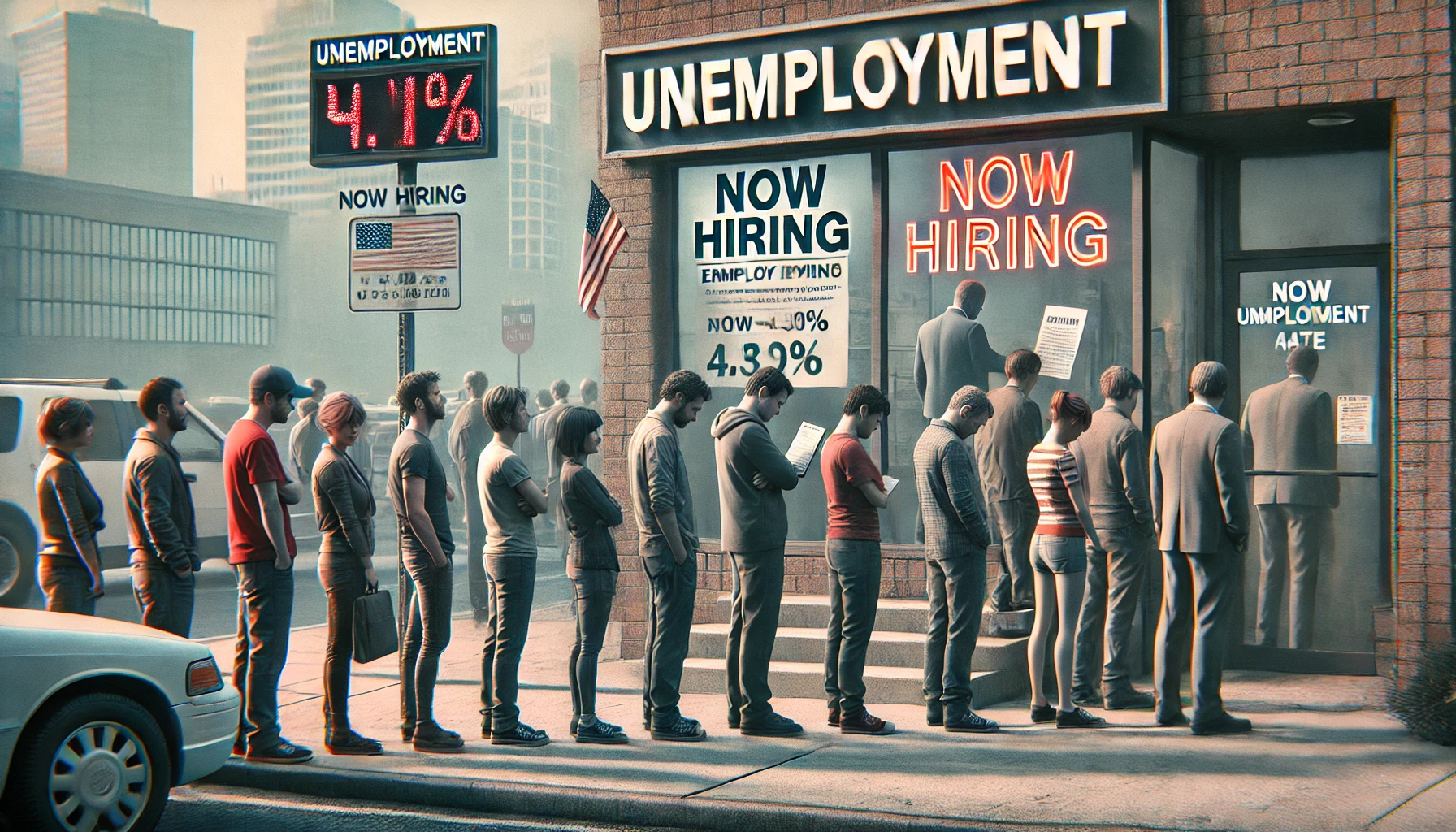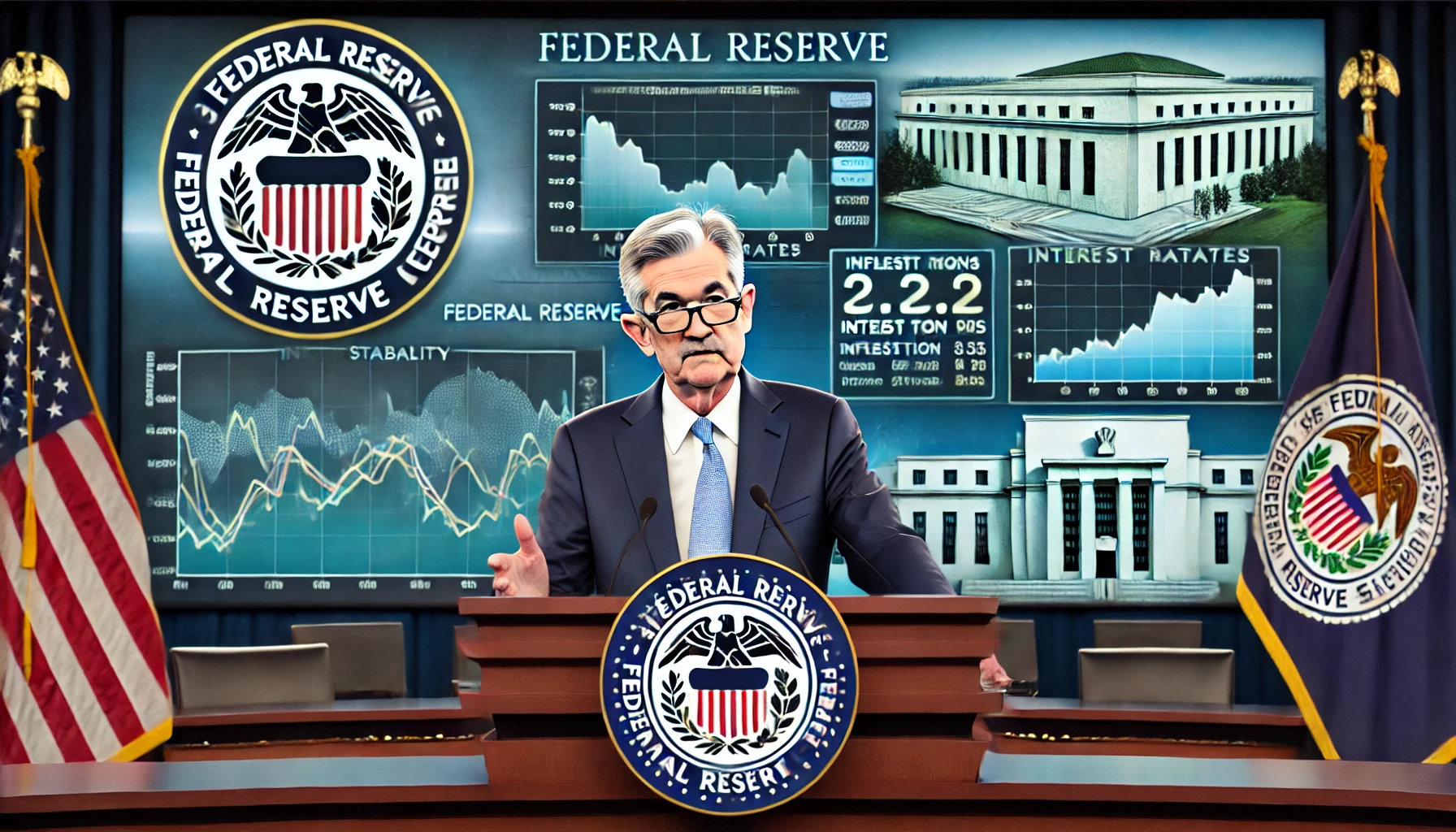| Key Points: – Job openings fell to 7.57 million, the lowest level since September 2024, signaling a cooling labor market. – Hiring remained flat while the quits rate declined, indicating weaker worker confidence. – Consumer concerns about unemployment are rising, with surveys showing the highest job loss expectations since 2009. |
The US labor market showed further signs of cooling in February as job openings fell to their lowest level since September 2024. According to the latest Bureau of Labor Statistics (BLS) report, job openings dropped to 7.57 million, down from 7.76 million in January. This marks one of the lowest levels since early 2021 and continues the trend of a gradually slowing labor market.
Labor Market Adjusting to New Economic Reality
The decline in job openings signals a shift in employer demand, potentially in response to higher interest rates and economic uncertainty. Despite this, the labor market remains stable enough that the Federal Reserve is unlikely to adjust its stance on interest rates in the near term.
Oxford Economics lead US economist Nancy Vanden Houten noted, “The February JOLTS report showed some cooling of labor market conditions but is unlikely to sway the Federal Reserve from its view that the job market is stable enough to withstand an extended period of unchanged interest rates as the central bank monitors progress on inflation.”
The Federal Reserve is closely monitoring these labor market trends as it weighs potential rate cuts. According to the CME FedWatch Tool, investors currently see a 66% chance of a rate cut by the Fed’s June meeting.
Hiring and Quit Rates Near Decade Lows
The JOLTS report also highlighted that hiring remained relatively flat, with 5.4 million new hires in February, up slightly from January’s 5.39 million. The hiring rate held steady at 3.4%.
Meanwhile, the quits rate—a measure of worker confidence in the job market—fell to 2% from 2.1% in the prior month. Both the hiring and quits rates are hovering near decade lows, which raises concerns about future labor market weakness.
Kristina Hooper, chief global market strategist at Invesco, warned that a further slowdown in hiring and an increase in layoffs could pose risks to the economy. “If we think we’re going to see layoffs increase, which I very much anticipate going forward, and we continue to have pretty tepid job growth, that’s a problem,” Hooper said. She added that this situation could increase the risk of stagflation or a broader economic slowdown.
Consumer Sentiment Worsens Amid Labor Market Uncertainty
Public sentiment about the labor market is also turning negative. A recent survey from the University of Michigan showed that two-thirds of respondents expect the unemployment rate to rise within the next year—the highest reading since 2009.
In another sign of weakening labor demand, the Institute for Supply Management’s manufacturing employment index fell to 44.7% in February, its lowest level since September 2024.
Despite these concerns, official labor data has yet to reflect significant job losses. Economists expect the March employment report, set for release on Friday, to show a net gain of 140,000 jobs, slightly lower than February’s 151,000. The unemployment rate is projected to remain steady at 4.1%.
With job openings declining and consumer sentiment weakening, all eyes are on the upcoming labor reports to see whether the slowdown deepens or if the job market can maintain stability in the coming months.












